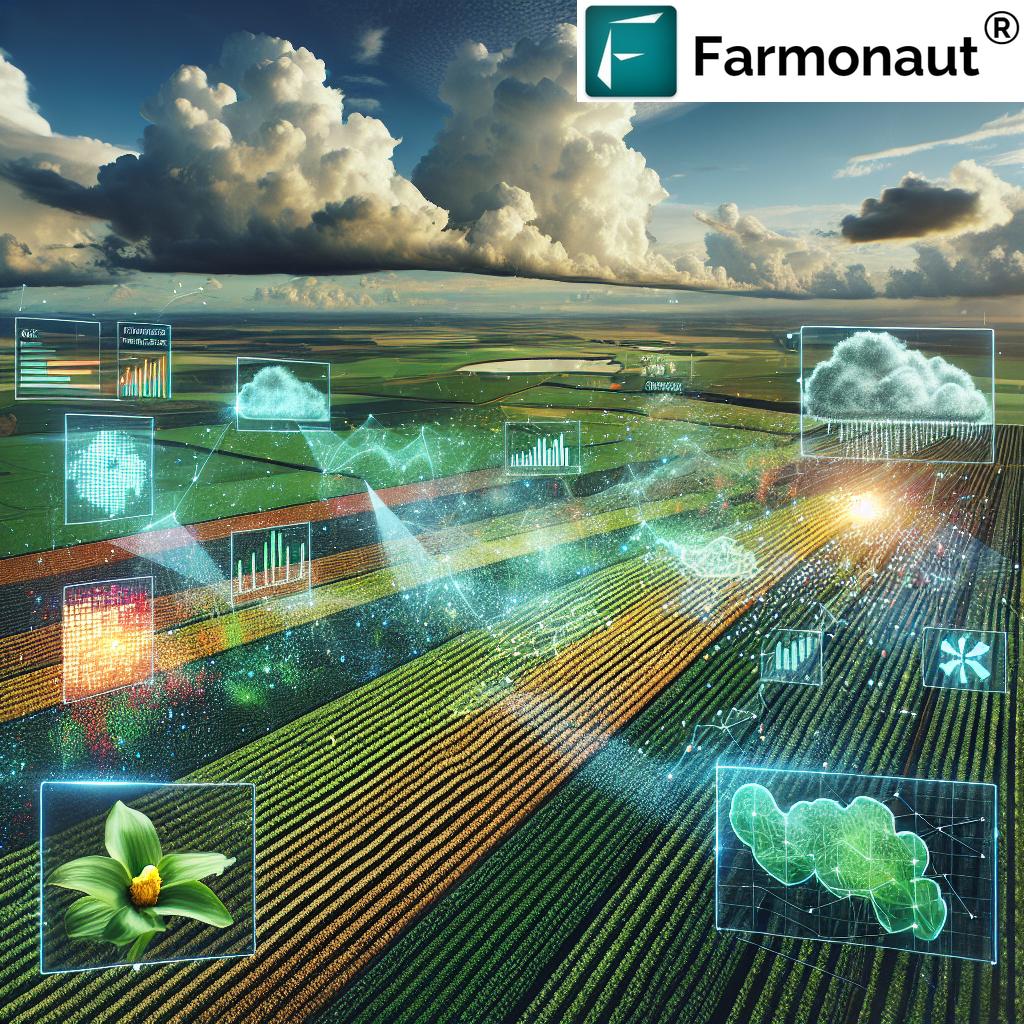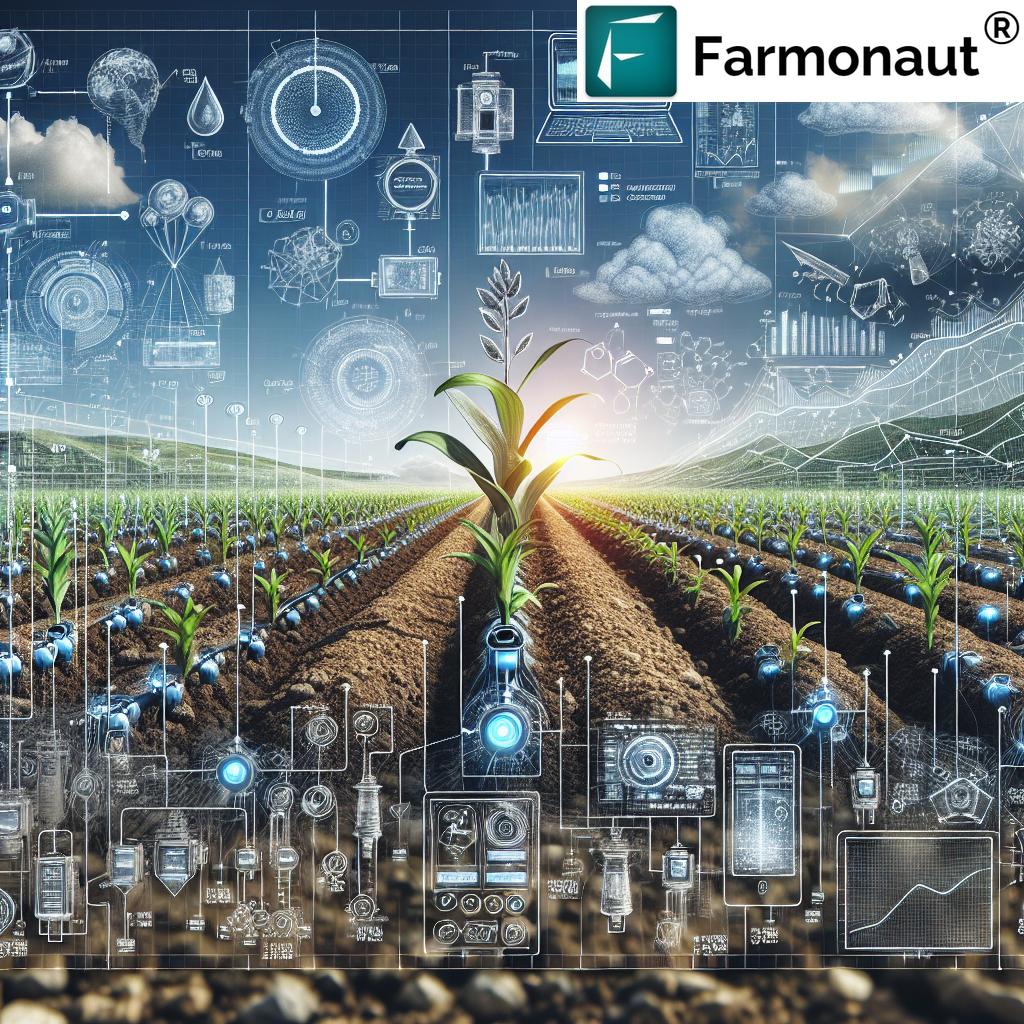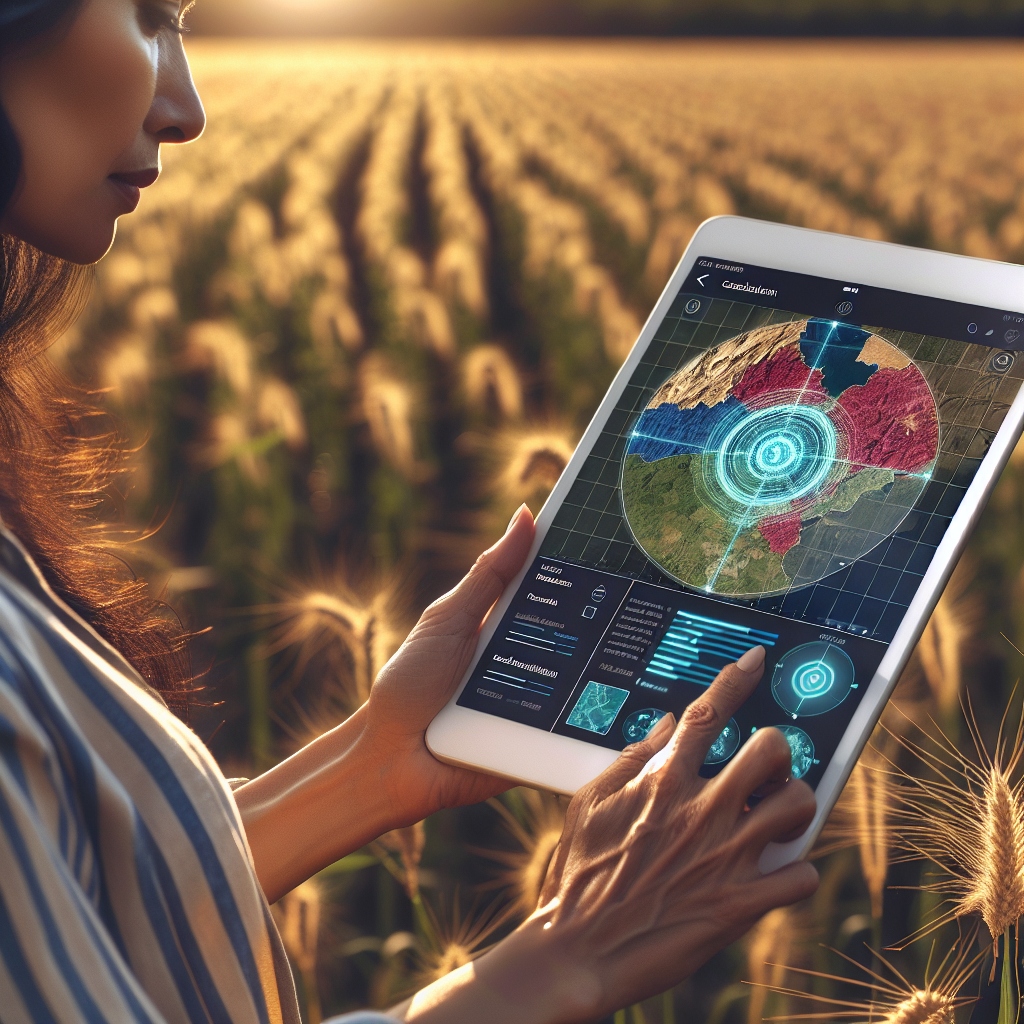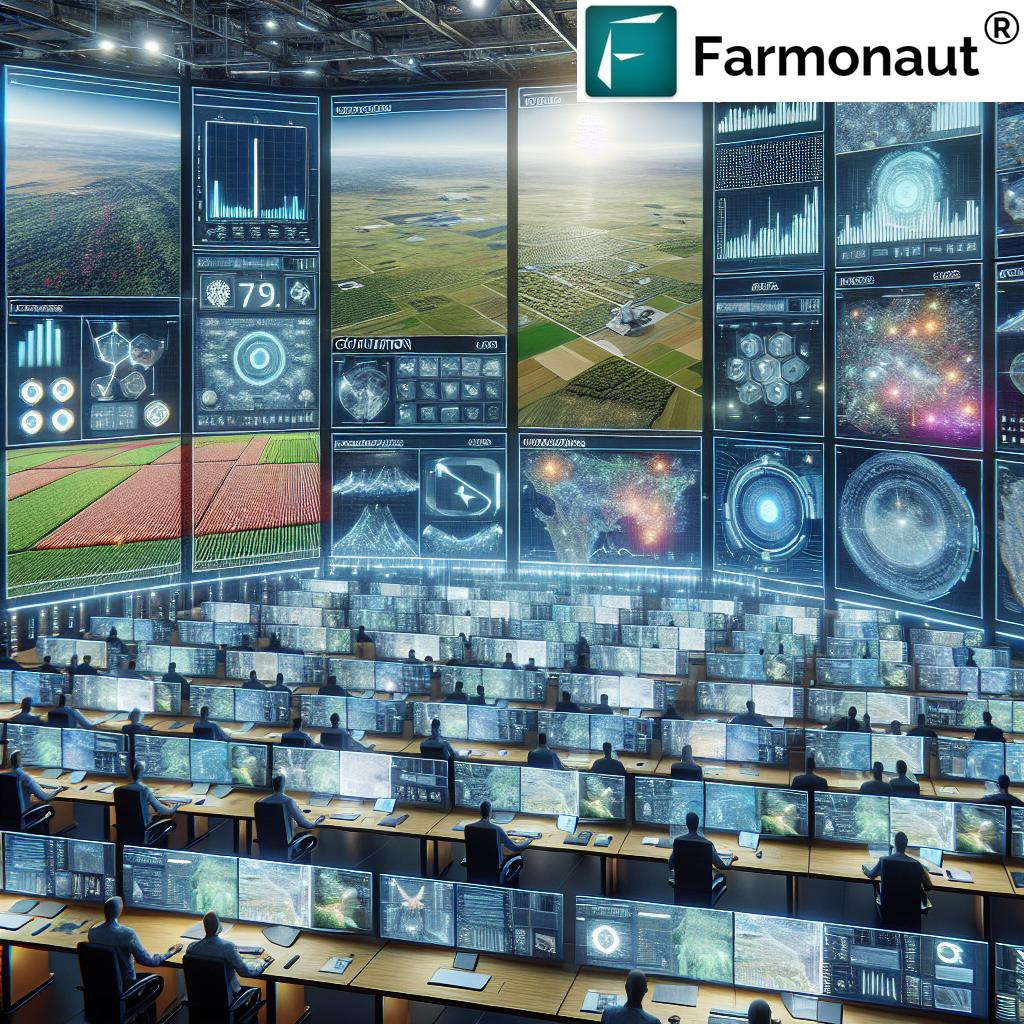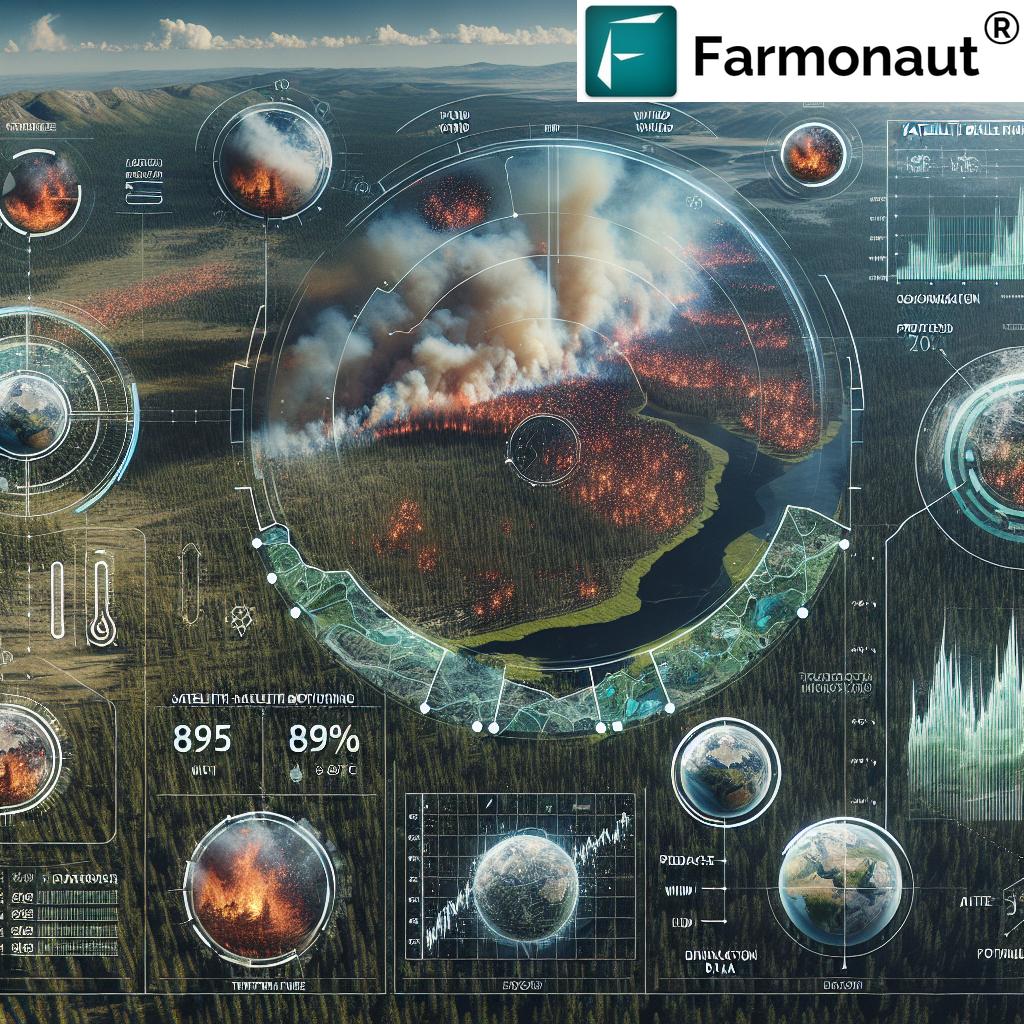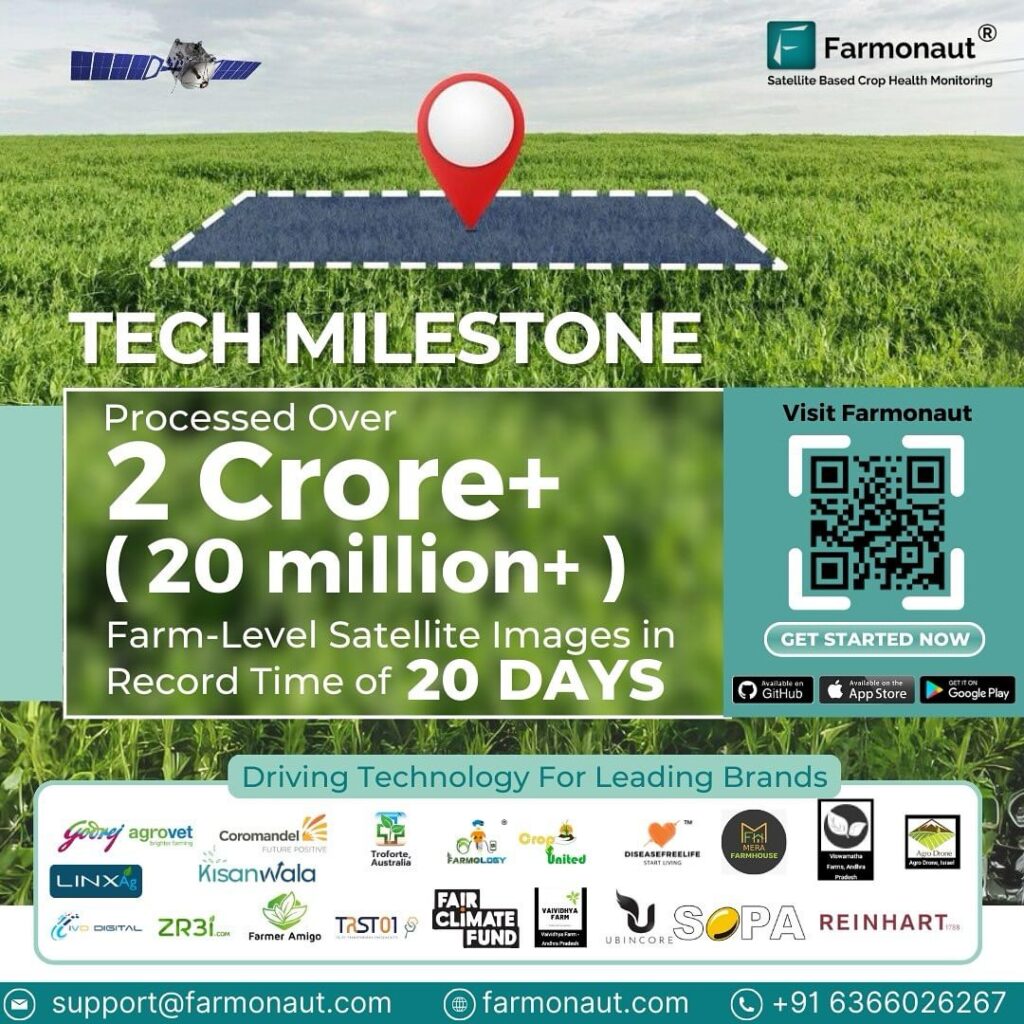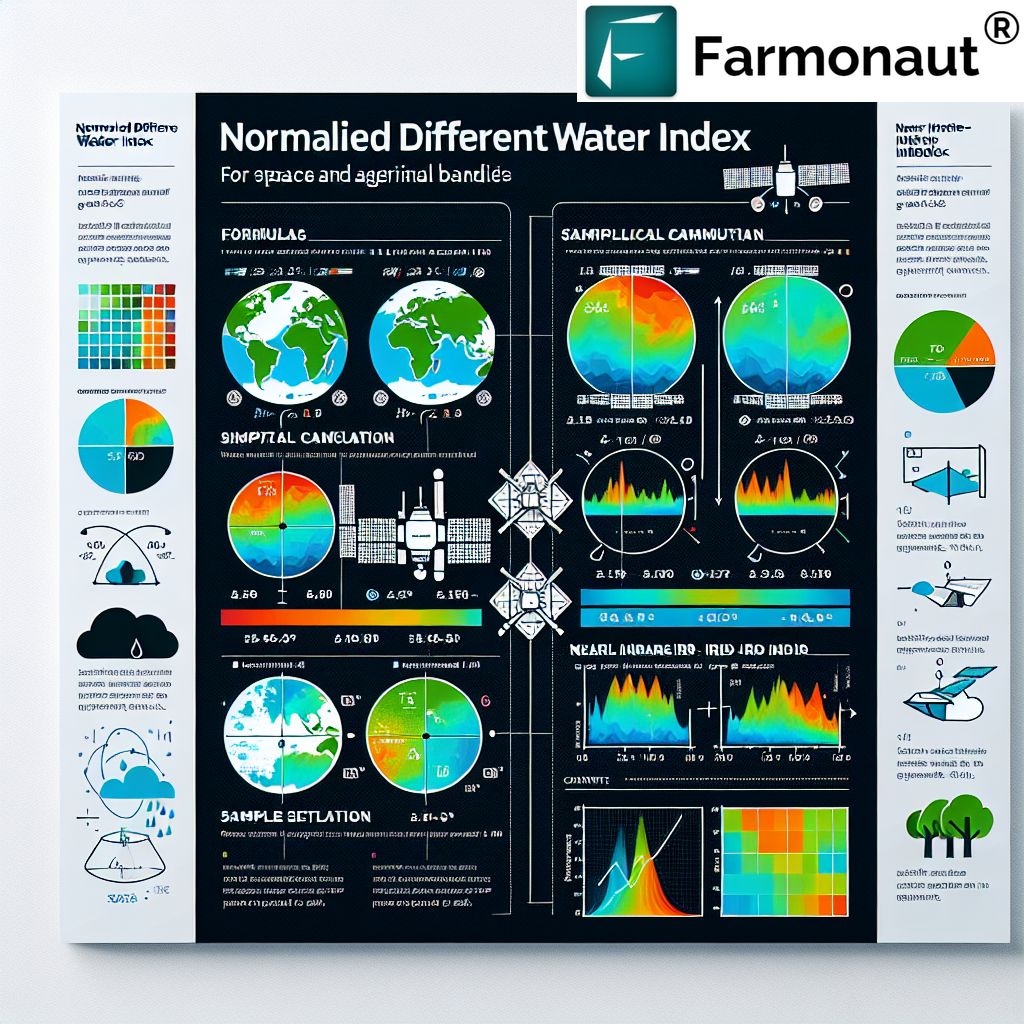Crop Monitoring Market 2024: Key Technologies & Trends
“By 2024, over 60% of crop monitoring solutions will integrate AI for real-time data analysis and decision-making.”
As we enter 2024, the crop monitoring market stands as a cornerstone for precision agriculture technologies and the broader adoption of smart farming solutions. Propelled by advances in satellite crop imagery, IoT in agriculture, machine learning, and robust data analytics platforms, the landscape of monitoring crop health has transformed dramatically. These technologies empower farmers globally to optimize yields, tackle resource constraints, enhance sustainability, and support food security for an ever-growing population.
In this comprehensive market analysis, we delve deep into the technologies, trends, market forces, and future directions shaping the smart monitoring segment in modern agriculture. Our exploration draws on the latest industry data, factual insights, and authoritative sources to guide both agri-professionals and technology enthusiasts on the journey toward efficient, sustainable, and data-driven farm management.
Market Overview: Growth, Size & Drivers
Crop monitoring has rapidly evolved from traditional on-ground inspection to digitally-powered systems. As of 2024, the global smart crop monitoring market is valued at approximately USD 2.74 billion. With a projected CAGR of 12.55%, this market is anticipated to reach USD 7.93 billion by 2033 (straitsresearch.com), signaling robust growth fueled by multiple key factors:
- Rising demand for sustainable farming practices to ensure food security and environmental stewardship
- Increasing adoption of precision agriculture technologies by large agricultural enterprises and smallholder farmers alike
- Rapid urbanization and population growth placing pressure on optimal yield and efficient resource utilization
- Innovative integration of big data, AI, and IoT into scalable agricultural data analytics platforms
The market’s dynamic expansion is underpinned by the growing popularity of drone-based crop monitoring, soil health monitoring solutions, and yield forecasting tools powered by artificial intelligence.
Market Composition by Segment
The crop monitoring ecosystem encompasses:
- Hardware (sensors, drones, GPS systems, weather stations): ~56.8% share in 2024
- Software (advanced analytics, AI-driven decision tools, management platforms)
- Services (integration, consulting, support, managed solutions)
The dominance of hardware devices provides the backbone for real-time data collection and on-farm conditions monitoring, while software platforms and services drive actionable insights, integration, and decision support.
Satellite crop imagery adoption in precision agriculture has increased by 45% globally since 2020.
Key Technologies in Crop Monitoring 2024
The surge in adoption of advanced technologies in crop monitoring is fundamentally changing the agri-sector. Let’s examine the leading tools and systems underpinning this transformation:
Hardware: Building the Backbone of Smart Crop Monitoring
- Sensors—Enabling constant monitoring of soil moisture, pH, temperature levels, and more for precise irrigation and fertilization.
- Drones & UAVs—Deploying aerial surveillance with multispectral/hyperspectral imagery for crop health, pest infestations, disease outbreaks, and growth pattern detection.
- GPS & Weather Stations—Providing geo-location for field mapping, yield tracking, and weather pattern analysis to assist in planting, harvesting, and risk management timelines.
Software: Analytics Platforms & Decision Support
- Cloud-based and offline platforms—Collate and process data collected from the field via smart devices.
- Data analytics and artificial intelligence—Uncover trends, predict yields, alert to diseases, and suggest remedial actions in real-time.
- Integration & visualization tools—Deliver actionable insights via dashboards, reports, or mobile apps for quick on-field action.
Services: Empowering Adoption & Optimization
- Consulting and implementation—Help farmers choose the right technologies for their requirements and scale.
- Managed services—Ongoing support, data analysis, and custom advisory to maximize investment returns and system efficiency.
Technology Adoption Table: Crop Monitoring 2024 (Comparison)
| Technology | Main Application | Estimated Global Market Share 2024 (%) | Growth Rate (2023-2024, %) |
Notable Trends |
|---|---|---|---|---|
| Satellite Imagery (See Farmonaut’s Satellite Crop Health) | Field-scale monitoring, yield prediction, early warning systems | 22% | 13% | Real-time analytics, mobile app integration, cost-effectiveness |
| IoT Sensors | Soil health monitoring, precise irrigation, resource optimization | 20% | 14% | Interoperability with cloud/software, wireless sensor networks |
| Drones/UAVs | Drone-based crop monitoring, aerial imagery, disease/pest scouting | 18% | 11% | AI-based image processing, multispectral sensing |
| AI/ML Analytics | Predictive analytics, yield forecasting tools, disease/outbreak detection | 17% | 16% | Automated advisories, smart farm management, integration with satellite & drone data |
| Automation/Robotics | Autonomous planting, harvesting, weeding | 11% | 10% | Resource efficiency, labor cost reduction, smart machine learning systems |
| Blockchain | Traceability, supply chain transparency, fraud reduction | 7% | 15% | Farm-to-retail verification, food safety compliance |
| Weather Analytics Platforms | Weather forecasting, risk management | 5% | 9% | Hyperlocal mobile weather updates, integration with advisory tools |
This table highlights the pivotal role played by precision agriculture technologies such as satellite imagery, IoT sensors, drone-based crop monitoring, and AI/ML analytics—with each technology uniquely supporting sustainable farming practices and smarter agriculture.
Technological Advancements Propelling Crop Monitoring Growth
IoT in Agriculture: Smart Sensors & Real-time Crop Data
By embedding IoT-sensors across fields—in soil, weather stations, or irrigation points—farmers gain access to real-time readings of moisture, temperature, soil pH, and more. This enables precise applications of water and nutrients, significantly minimizing waste and optimizing yields.
- Wireless sensor networks facilitate seamless data flow to farm management platforms
- Enables microclimate detection, reducing disease and pest occurrences
Access Farmonaut’s Satellite & Weather API for field-scale IoT integration
Drone-Based Crop Monitoring & UAV Imagery
Drones and UAVs equipped with specialized cameras (RGB, multispectral, hyperspectral) render high-resolution imagery for fast, accurate field assessments. Applications include:
- Detecting pest infestations, nutrient deficiencies, and growth anomalies
- Monitoring plant development stages, supporting variable-rate application of inputs
- Optimizing planting and harvesting timetables
Satellite Crop Imagery: Scalable, Affordable, Remote Monitoring
Satellite imagery brings large-scale monitoring capabilities with regular updates on crop vigor using indices like NDVI, EVI, and more. The rise in platforms offering actionable satellite data—including remote sensing for soil conditions, water stress, and yield anomalies—makes this technology vital for commercial farms, governments, and research institutions.
Explore Farmonaut’s Carbon Footprinting: Monitor & reduce environmental impact with real-time data.
Satellite data is also powering the next generation of agricultural data analytics and yield forecasting tools.
Artificial Intelligence, Machine Learning & Big Data in Monitoring
The integration of AI and machine learning in crop monitoring goes beyond raw data collection, offering:
- Disease prediction and pest outbreak detection—AI models analyze years of imagery and environmental data for timely alerts.
- Yield prediction—Advanced analytics merge soil, weather, and satellite patterns for high-accuracy harvest estimates.
- Resource optimization—Algorithms simulate input scenarios for cost-efficient, sustainable results.
Blockchain & Traceability
Recent years have seen the rapid emergence of blockchain-based product traceability in agriculture:
- Track produce origins, farming practices, and shipment journeys—building consumer trust
- Reduce fraud in supply chains and enable compliance with safety standards
- Learn about Farmonaut Traceability: Make your products transparent from farm to retail shelf.
These technologies, individually and in combination, are the foundation of modern yield forecasting tools, soil health monitoring, and sustainable farming practices.
“Satellite crop imagery adoption in precision agriculture has increased by 45% globally since 2020.”
Market Segmentation: Applications & Technologies
Segmentation by Application
- Crop Protection: Early detection and management of pests, diseases, and weeds using sensor networks, AI-driven analysis, and variable-rate application (imarcgroup.com).
- Soil Monitoring: Continuous tracking of soil health (moisture, pH, nutrient levels) to adjust fertilization and irrigation and keep roots healthy.
- Weather Forecasting & Risk Planning: Use of weather stations and meteorological data to optimize planting, harvesting, and mitigate adverse weather impacts.
- Yield Monitoring: Analytics to measure crop yields, inform planning, and refine resource management.
Segmentation by Technology
- Sensing & Imagery: Integration of remote sensing via satellites, drones, and sensors for monitoring crop conditions from macro to micro scales.
- Variable-Rate Technology (VRT): Optimize input application (fertilizer, pesticide, irrigation) to zones needing it most, minimizing waste and elevating sustainability.
- Automation & Robotics: Use of autonomous planting, weeding, and harvesting machinery—reducing human labor and improving efficiency.
Farmonaut’s Modular Approach
We at Farmonaut have designed our platform to serve the full spectrum of these applications. With features like Large Scale Farm Management for agribusinesses and government units, and Fleet Management & Resource Tracking for logistics optimization, our system is scalable to fit both individual farmers and large enterprises. Our crop loan & insurance tools enable secure satellite verification for lenders and insurers, further ensuring robust, data-informed finances in agriculture.
In addition, our carbon footprinting service empowers sustainable decision making with real-time emissions tracking.
Regional Insights: Key Markets & Growth Patterns
North America: Leader in Adoption and Market Share
As of 2023, North America dominates the share of smart crop monitoring systems with a 34.8% market share (globenewswire.com).
The strong agricultural base, extensive farm sizes, high investment capacity, and culture of innovation encourage fast adoption of:
- IoT in agriculture
- Cloud analytics for yield prediction
- Drone-based crop monitoring and automated machinery
Asia-Pacific: Fastest Growth Fueled by Demand & Policy
The Asia-Pacific region is forecasted to exhibit the fastest CAGR from 2024 to 2032, driven by surging food demand, extensive agricultural activity, and strong government support for smart farming solutions. Key drivers include:
- Adoption of precision agriculture technologies among smallholders in India, China, Vietnam, Indonesia, and Thailand
- Public and private sector investments in IoT, satellite imaging, and farmer advisory platforms
- Integration of aerial and ground data to support climate resilience and maximize field outputs
Our solutions at Farmonaut are tailored to meet region-specific needs across these markets, ensuring inclusive access to the benefits of cutting-edge agritech.
Challenges and Opportunities in Crop Monitoring
While the prospects for crop monitoring and precision agriculture are transformative, several challenges remain on the road to universal adoption:
- Data Security & Privacy: Connecting fields to the cloud and deploying IoT raises concerns about unauthorized data access and safeguarding proprietary farm data (bisresearch.com).
- High Initial Investment Costs: Advanced hardware and integration of multi-tier systems can be prohibitive—especially for small-scale farmers.
- Large Data Management & Analysis: Processing the huge datasets from satellites, drones, and sensors requires robust infrastructure, intuitive software, and a digitally literate workforce.
- Skills & Training: To maximize benefits, farmers and agri-workers need regular education in managing digital agriculture platforms and leveraging smart insights.
However, each of these challenges brings with it powerful opportunities:
- Platform-as-a-Service Models (like Farmonaut subscriptions—see the pricing table below) reduce the initial investment cost and democratize access to all scales of farmers and agribusinesses.
- Mobile App Accessibility: Widespread usage of smart devices and intuitive apps clinches the digital adoption gap even in rural areas.
- Standardized APIs, such as Farmonaut’s rich satellite & weather data API developer docs, enable seamless integration with local applications and government portals.
- Evolving training and support services usher in a new era of skill development and efficient farm management worldwide.
Farmonaut & The Future of Crop Monitoring
At Farmonaut, we are driven by the vision of making precision agriculture accessible and affordable for everyone, everywhere. Here’s how our approach is transforming the landscape:
- Satellite-Based Crop Health Monitoring: We leverage multispectral imagery to track NDVI (Normalized Difference Vegetation Index), soil moisture levels, and plant health, offering actionable insights that fuel smarter irrigation, fertilization, and pest management—ultimately optimizing yields and economic sustainability.
- AI-Driven Personalized Advisory: With our Jeevn AI system, actionable advice—ranging from weather forecasts to field-specific management recommendations—is delivered in real-time, guiding farmers toward maximized productivity and sustainability.
- Blockchain-Powered Traceability: We empower agricultural supply chains with secure blockchain solutions, enhancing transparency, reducing fraud, and boosting consumer trust from farm to retail.
- Carbon Footprinting & Resource Tracking: Our digital platform offers cutting-edge carbon footprinting monitoring tools and fleet/resource management—key to sustainability for enterprises and support compliance with climate regulations.
- Flexible, Scalable Access: The Farmonaut subscription model—detailed in the pricing table below—lets users of all scales choose packages tailored to their fields, crop cycles, and operational scope.
The Road Ahead: Key Trends in Crop Monitoring Market
- Hyperlocal & Real-time Data Insights: Platforms will increasingly harness geospatial, meteorological, and field sensor datasets for precise, field-level actionable advisories.
- Democratized Smart Farming Solutions: Affordable app-based subscriptions will shrink the urban-rural technology divide, empowering smallholders.
- Sustainability as Core KPI: Carbon, water use, and biodiversity monitoring will become essential benchmarks for both commercial farms and regulatory bodies.
- API-Driven Agri-Ecosystems: Standardized APIs—like the Farmonaut API for developers—will fuel integration and innovation across digital agriculture platforms.
Frequently Asked Questions (FAQ)
-
What is crop monitoring?
Crop monitoring involves the continuous and systematic collection, analysis, and interpretation of crop and field data (such as soil conditions, plant health, yield, pest/disease incidents, and weather patterns) with the goal of optimizing yields, reducing resource waste, and improving sustainability through data-driven decision-making.
-
Which technologies are most important for smart crop monitoring in 2024?
Key technologies include satellite crop imagery, IoT sensors for soil health monitoring, drone-based crop monitoring, AI and machine learning for predictive analytics, and precision applications like variable-rate fertilization and irrigation. Blockchain traceability is also emerging for supply chain transparency.
-
What are the main benefits of adopting digital crop monitoring tools?
Benefits include higher yields, resource efficiency, better management of pests and diseases, lower input and operational costs, improved farm sustainability, easier compliance with climate or safety regulations, and the ability to prove provenance in food supply chains.
-
How do Farmonaut’s solutions support different user groups?
At Farmonaut, our platform serves individual farmers with real-time crop insights and advisory, supports agribusinesses with large-scale dashboard monitoring and resource planning, and provides tools for governments and lenders for crop area estimation and loan/insurance verification. Corporates benefit from blockchain-based traceability for supply chain transparency.
-
How can I start using Farmonaut’s crop monitoring platform?
Sign up directly via our web, Android, or iOS app. Choose a subscription based on your acreage and data update needs, and access actionable insights from anywhere, anytime. Developers or agri-data companies can integrate our API for real-time satellite and weather data access.
-
Is crop monitoring affordable for small farmers?
Yes. Modern platforms like Farmonaut rely on satellite and cloud technologies, dramatically reducing the need for expensive on-field machinery. Subscription tiers make precision agriculture accessible even for small and medium-sized farms.
-
What’s the future of precision agriculture technologies in sustainable farming?
Expect explosive growth in data-driven farming, broader integration of AI, affordable mobile apps for field management, real-time carbon and water footprint reporting, and strong regulatory incentives for digitally proven sustainable practices.
Conclusion: A Smart Future for Global Agriculture
The crop monitoring market in 2024 encapsulates the confluence of advanced technologies, data science, and sustainability, reshaping the very pillars of global agriculture. As the sector evolves, platforms—such as Farmonaut—play a pivotal role by democratizing access to precision farming, bridging skill and resource gaps, and championing environmental responsibility.
Empowered by satellite crop imagery, AI analytics, blockchain traceability, and seamless app-based delivery, the world’s farmers and agribusinesses are better placed than ever to feed a growing population while stewarding our planet’s resources. Facing the challenges ahead with innovation and inclusivity, the future promises robust yields, resilient farms, and a sustainable food system—enabled by the ongoing revolution in crop monitoring technologies.

